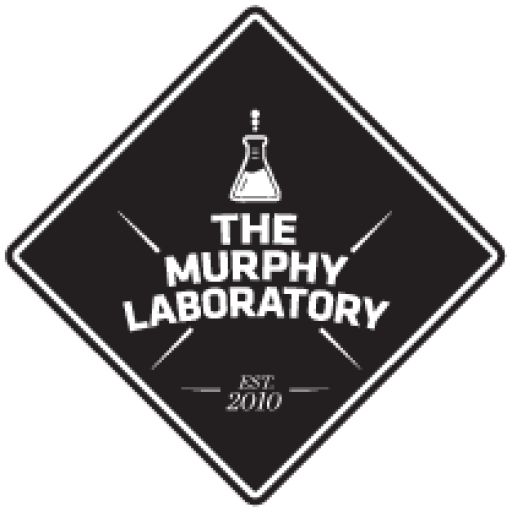Better insight into hematopoietic stem cell (HSC) development in the human
embryo and fetus is crucial for translational research. Over the last 2 decades, the use of HSC transplantation in the clinic has increased due to improved preconditioning regimens, resulting in an expanding list of therapeutic indications. The shortage of suitable donors is a major obstacle for clinical HSC transplantation. Many research groups are developing strategies for generating human HSCs from ESCs/iPSCs under laboratory
conditions, which would provide an unlimited supply of transplantable HSCs for clinical use. Although promising, this approach remains a challenging task. A better understanding of HSC development during human embryonic and fetal stages may help us to design innovative protocols for the production of these cells in vitro.
A major issue that limits translational research in this area is our inability to isolate human HSCs with high purity to study the molecular mechanisms underlying their development and self-renewal. Although it has been possible to enrich HSC activity to 1 in 10–20 human umbilical cord blood cells, the search for uniquely specific human HSC surface markers continues. In this study, we will focus upon analyses of human fetal liver HSCs, which are developmentally closer to ESCs/iPSCs than umbilical cord blood or bone-marrow-derived HSCs.
In our preliminary studies using CD34-purified human fetal liver derived HSCs, single cell sequencing assays have revealed significant transcriptional heterogeneity in what was thought to be a homogenous population with widespread potential for engraftment. We then used clustering algorithms to identify different populations within the CD34+ cohort, followed by the assessment of highly differentially expressed genes within these clusters. An immunophenotyping antibody panel was then designed against cell surface markers corresponding to the identified highly expressed genes. In this way, antibodies will be used to isolate cells from each of these prospective populations within the CD34+ cohort to be transplanted into immunocompromised (NSG) mice to test for engraftment, the ‘gold standard’ assay for HSC functionality.
Techniques utilized: Single cell sequencing, immunophenotyping, small animal manipulation, transplantation assays
